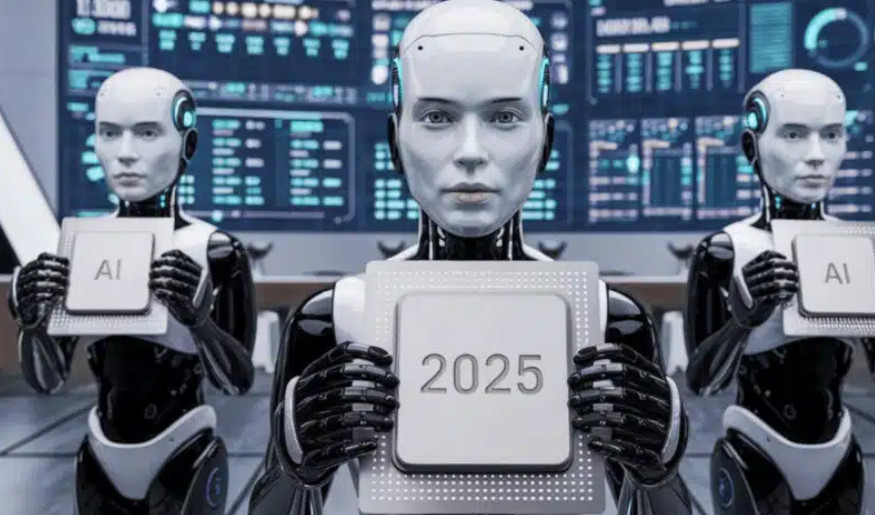As 2025 approaches, the growing sophistication of artificial intelligence (AI) is expected to reshape the cybersecurity landscape, heightening the risks posed by cyber threats. Experts predict a surge in scams such as phishing, pig butchering, one-time password (OTP) fraud, and digital extortion, while new and more sophisticated threats are likely to emerge.

The proliferation of deepfake tools will make impersonation in virtual meetings increasingly seamless, with voice cloning becoming harder to detect. This evolution poses a serious challenge for both individuals and organizations, making it crucial to adapt to the rapidly changing threat environment.
Cybersecurity professionals anticipate a wide range of AI-driven risks, including deepfake-based phishing schemes, malware attacks, rogue applications, cryptocurrency scams, fake invoices, customer service fraud, live deepfake videos, and advanced supply chain attacks targeting software and applications.
According to McAfee, only one-third of survey respondents in India expressed confidence in distinguishing between AI-generated voices and real ones, highlighting the vulnerability of businesses and individuals alike. Cybersecurity is no longer just an IT concern—it has evolved into a critical business risk with financial and reputational implications.
“We expect a 3-5x increase in AI applications over the next year or two,” said Swapna Bapat, Managing Director and Vice President for India and the SAARC region at Palo Alto Networks. She emphasized that attackers are already exploiting weaknesses in large language models (LLMs) and machine learning systems, as well as the data used to train them. “This could lead to security breaches and significant legal and compliance challenges,” Bapat warned.
Deepfake attacks, in particular, are projected to inflict severe damage on businesses. “Sophisticated criminals will leverage advanced AI to produce highly convincing deepfakes. The rise of audio deepfakes, fueled by advancements in voice-cloning technology, is a pressing concern. By 2025, deepfake incidents are expected to increase, either as standalone attacks or components of more complex schemes,” Bapat added.
To stay ahead, companies must focus on securely integrating AI into their operations, as doing so could provide a competitive edge. However, vigilance remains key to mitigating security risks. While hope is not a strategy, preparedness and proactive measures will be essential in navigating the challenges of an AI-driven future.








